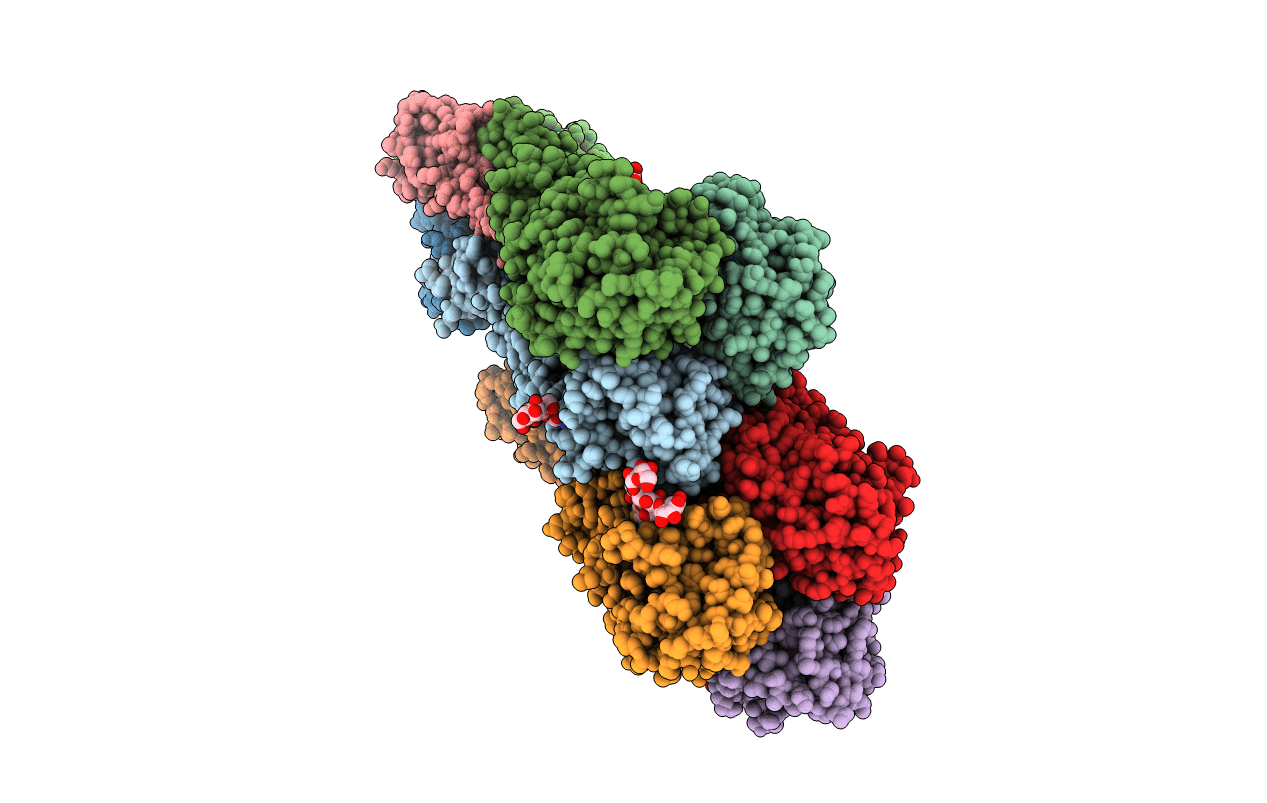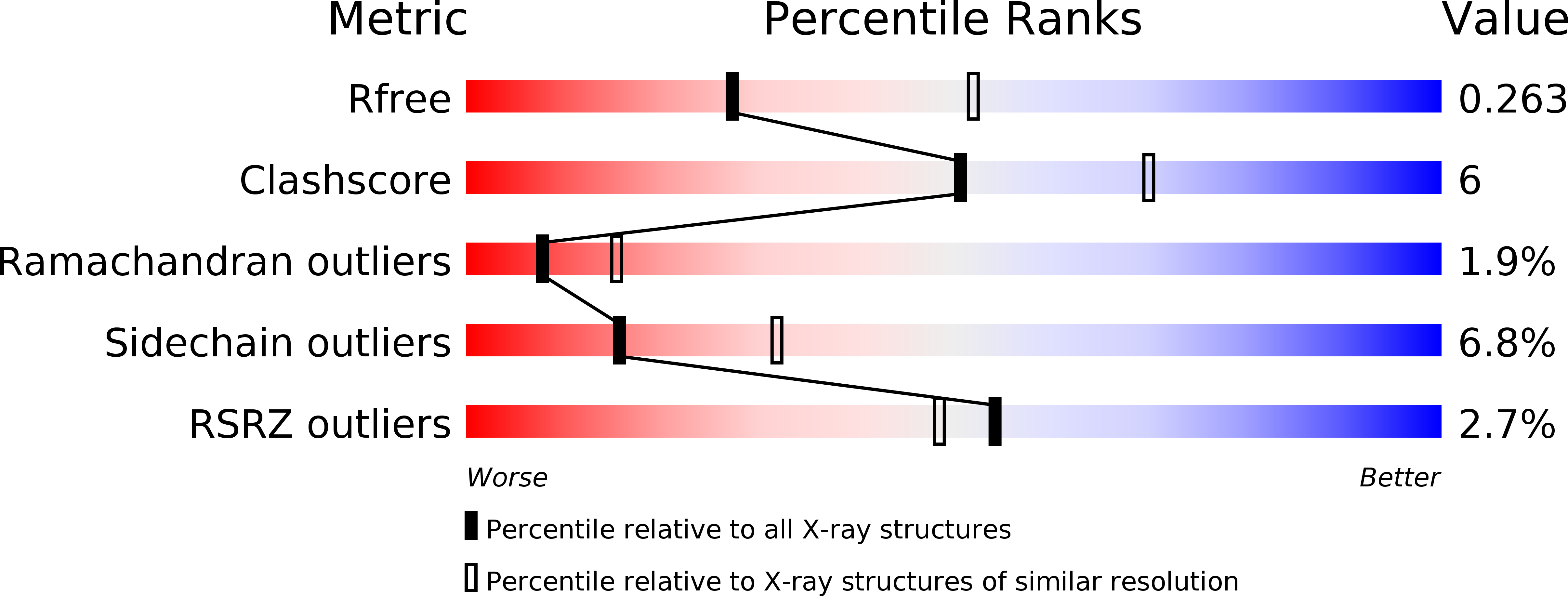
Deposition Date
2010-03-01
Release Date
2010-04-14
Last Version Date
2024-10-16
Entry Detail
PDB ID:
3LZG
Keywords:
Title:
Crystal structure of a 2009 H1N1 influenza virus hemagglutinin
Biological Source:
Source Organism:
Influenza A virus (Taxon ID: 641501)
Host Organism:
Method Details:
Experimental Method:
Resolution:
2.60 Å
R-Value Free:
0.25
R-Value Work:
0.18
R-Value Observed:
0.18
Space Group:
P 1


